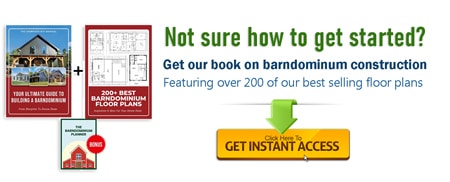Corten Steel 101
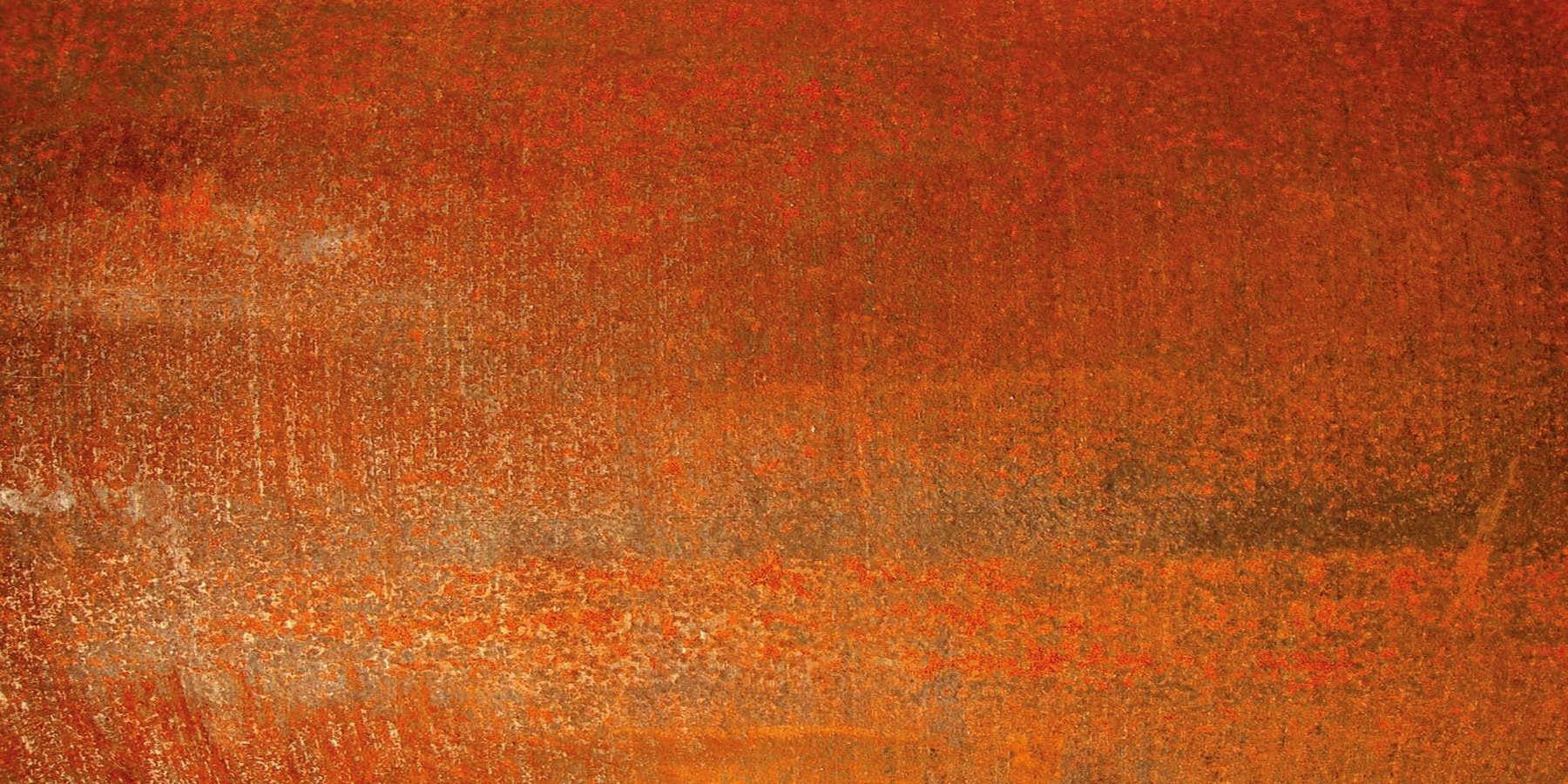
With the industrial look trending, there’s a renewed interest in corten steel. Also known as weathering steel, corten steel has a naturally weathered, rust-like look. It creates interest and texture while complementing the industrial or engineered look.
Just like any other building material, corten steel has advantages and disadvantages. It’s important to understand what corten steel is and its properties.
What is Corten Steel?
Corten steel, sometimes called COR-TEN steel, is a weathered steel that’s resistant to corrosion. Because of its ability to form a protective layer of rust, corten steel is a popular choice for outdoor sculptures, landscaping, structure exteriors and other outdoor applications. This protective layer, called a patina, develops in just six months of exposure to oxygen and moisture.

The patina, which creates a dark brown coating, is what protects the steel from any further corrosion from rain, snow, fog, ice, sleet and other weather conditions. Simply put, the steel is allowed to rust, and that rust creates a protective coating against the elements. The layer is most effective when it’s allowed to stabilize and build over time.
To create a protective patina, the steel must be exposed to moisture and oxygen. It takes just a few months for this protective rust layer to form when the steel is exposed to the elements. The coating is dynamic and continues to regenerate when subjected to different weather conditions.
COR-TEN is a trademarked name owned by US Steel, and it describes the steel’s two main attractive benefits: CORrosion resistance and TENsile strength. It was originally developed in the 1930s to help build coal wagons for the railroad.
The coal wagon venture was a success, and COR-TEN steel became a popular material choice for outdoor art sculptures in the 1960s.
Along with corrosion resistance, corten steel also eliminates the need for paint or additional weatherproofing.
Corten Steel Uses Gallery
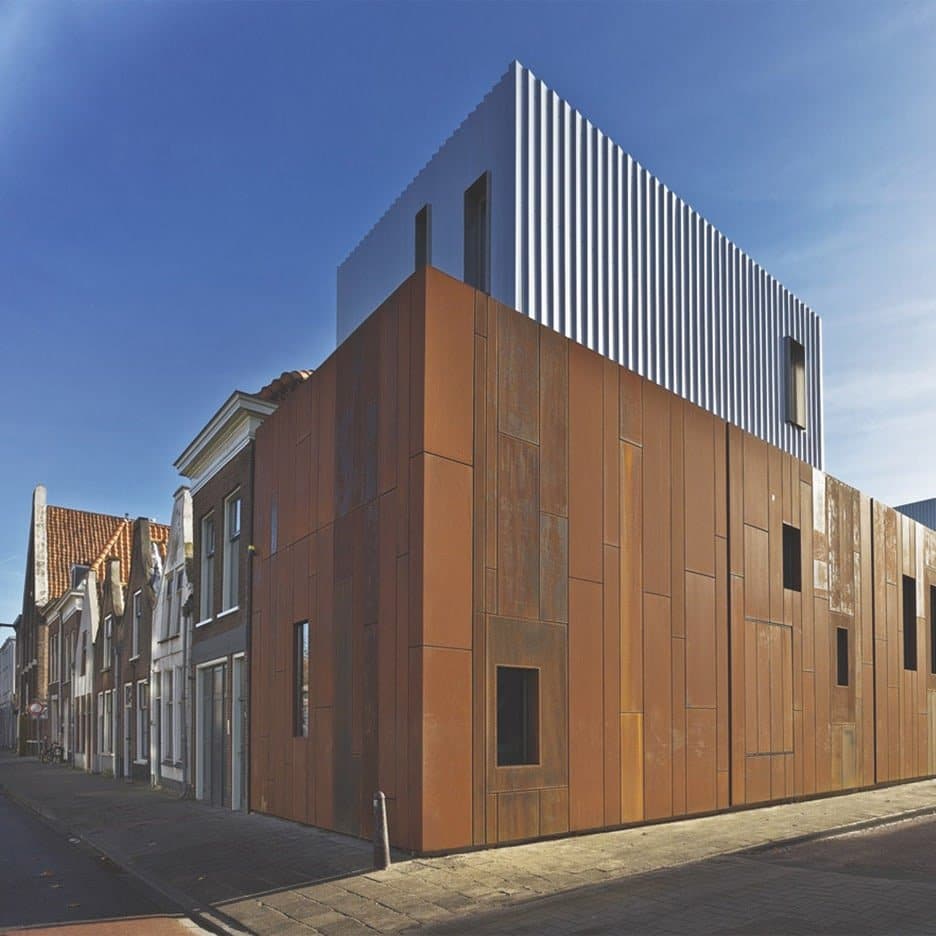
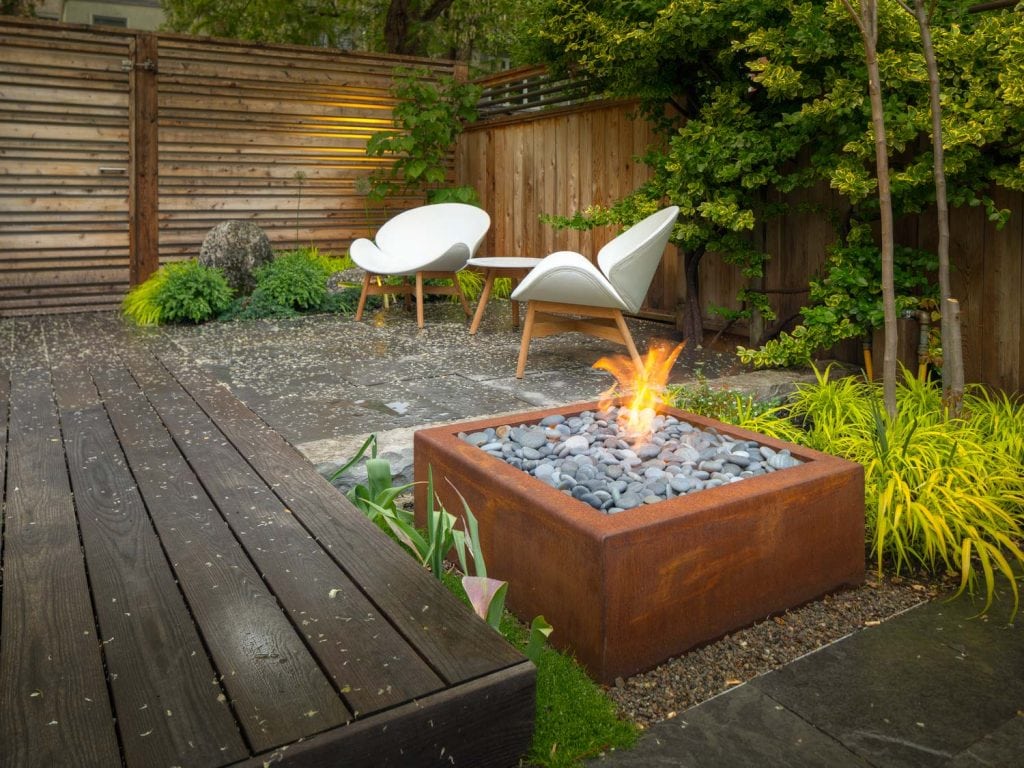
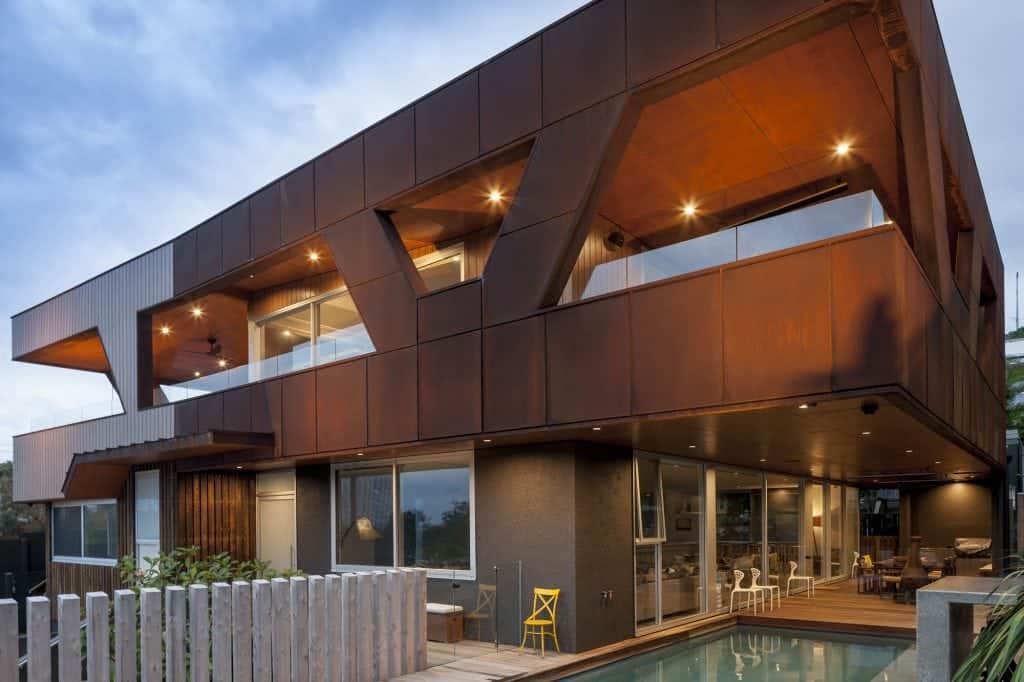
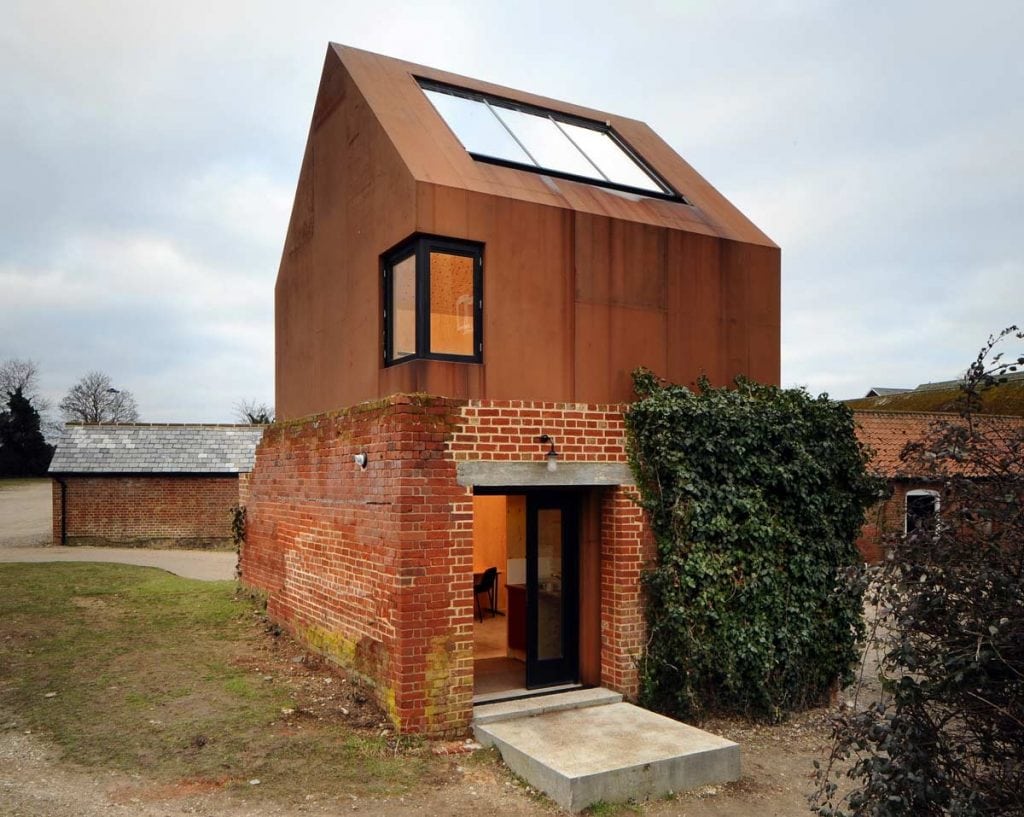

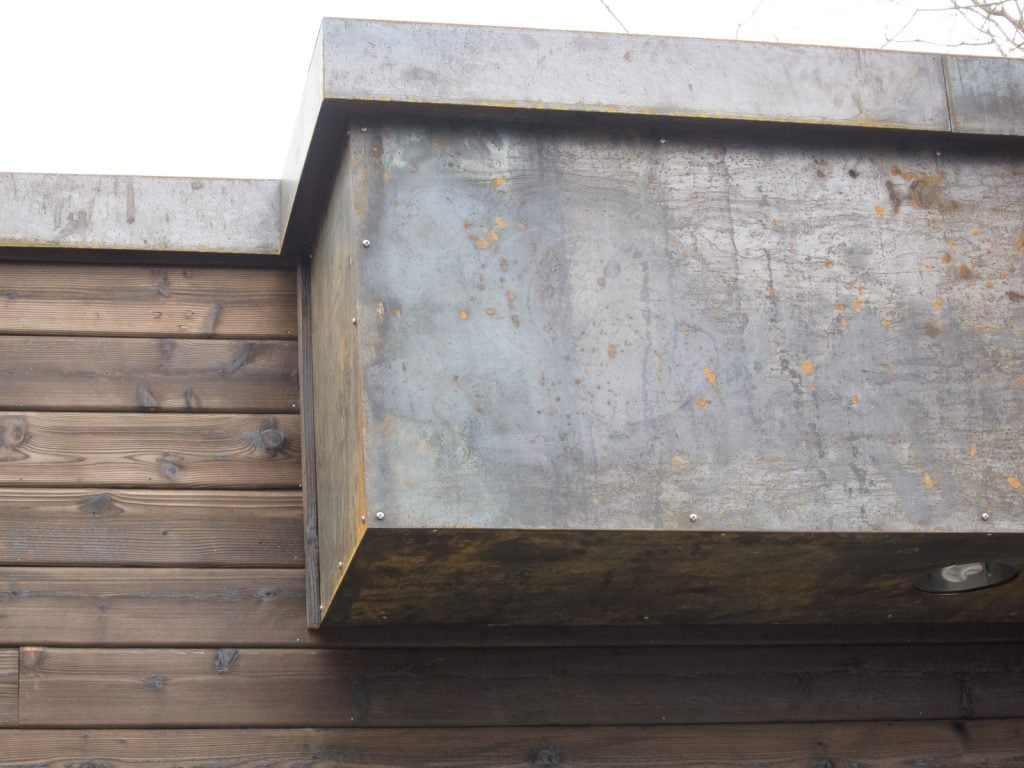
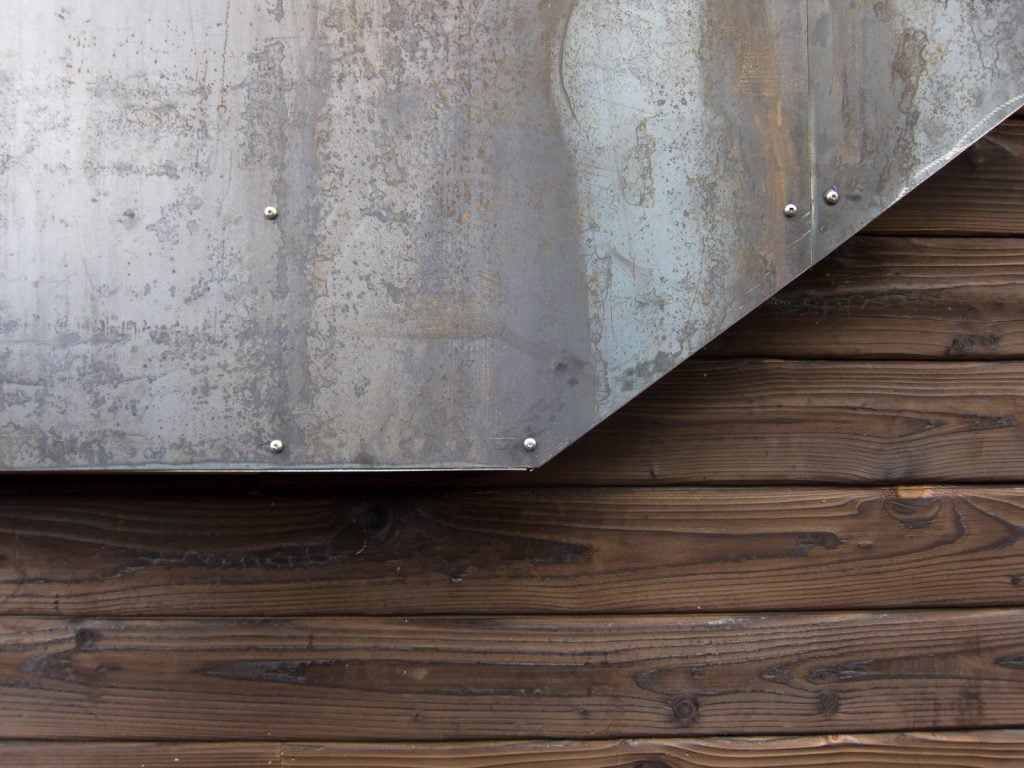
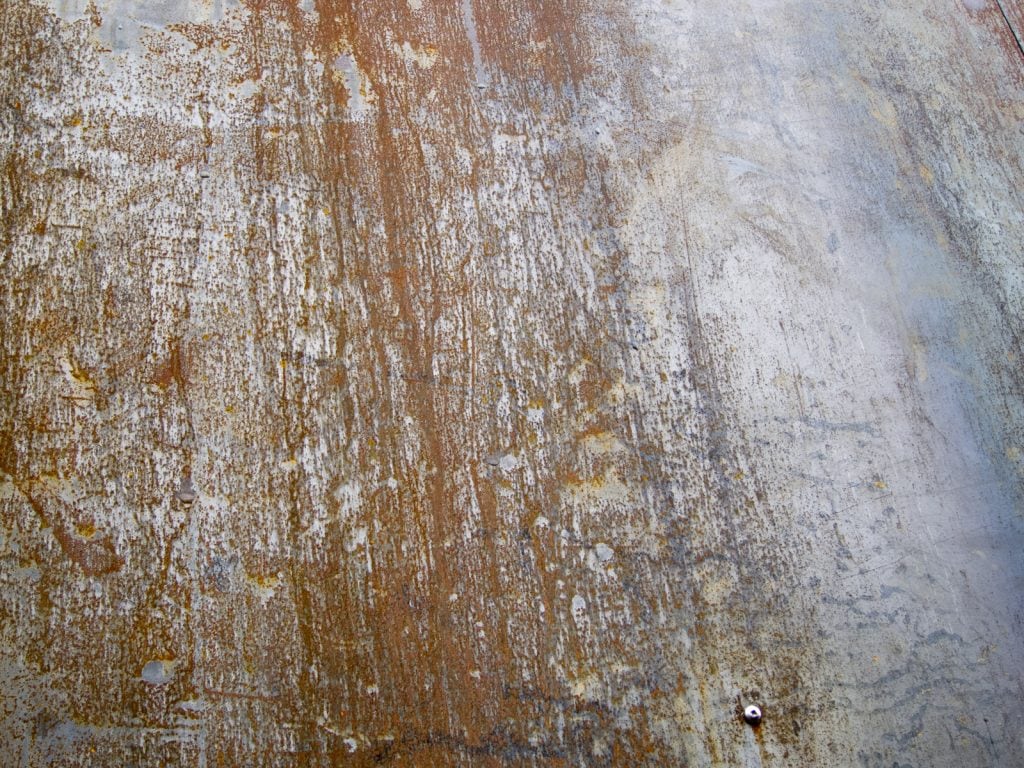
Why is Corten Steel Protective?
The patina that develops on weathering steel has an inner and outer layer. The outer layer continually evolves and re-develops with new non-adherent rust products. The inner layer is comprised mostly of densely-packed fine particles.
Eventually, the outer layer becomes less active and the inner layer starts becoming more prominent. This is what gives corten steel its unique look and texture. The outer layer weathers away, and the inner layer becomes even more densely packed.
The inner layer consists mostly of non-phase goethite, and this is what gives corten steel its protective properties. Why? Because the rust products become so densely packed that water is no longer able to pass through to corrode the inner steel structure.
Once it’s well-developed, the exterior layer on weathering steel should be smooth and feel as if it has a protective coating.
Weathering Steel – A606-4, A588, A847 and A242
COR-TEN steel is no longer available, so when someone talks about corten steel, they are almost certainly talking about weathering steels A606-4, A588, A847 and A242.
Corten steel panels have similar chemical compositions, and they meet the ATSM G101 standard of 6.0 or higher.
A588
The A588 alloy has the following properties:
- All thicknesses up to 4” thick: Tensile strength of 70 ksi and yield strength of at least 50 ksi.
- Plates from 4”-5” thick: Tensile strength of at least 67 ksi and yield strength of at least 46 ksi.
- Plates from 5”-8” thick: Tensile strength of at least 63 ksi and yield strength of at least 42 ksi.
A242
The A242 alloy has the following properties:
- Light-medium (up to 0.75” thick): Tensile strength of 70 ksi and yield strength of 50 ksi.
- Medium weight (up to 1” thick): Tensile strength of 67 ksi and yield strength of 46 ksi.
- Thick weight (up to 1.5”-4” thick): Tensile strength of 63 ksi and yield strength of 42 ksi.
A606-4
Steel that is 20-30% lighter than carbon steel, A606-4 is formable, weldable, machinable and punchable. This alloy has the following properties:
- Plates: Tensile strength of at least 70 ksi and yield strength of at least 50 ksi.
A606-4 has an orange-brown finish that comes from its 5% copper content.
A847
The A847 alloy has the following properties:
- Weathering steel tubes: Tensile strength of at least 70,000 PSI and yield strength of at least 50,000 PSI.
The Pros and Cons of Corten Steel
Like any other construction material, corten steel has advantages and disadvantages. Depending on the project, application and location, corten steel may or may not be the right material choice.
The Benefits
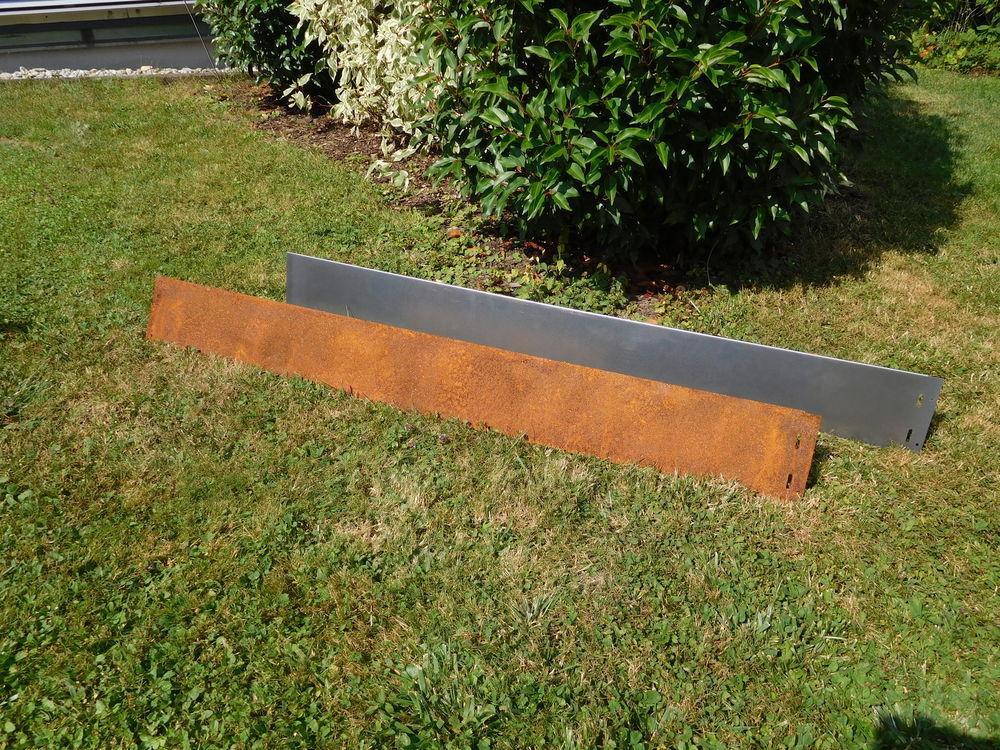
Corten steel offers many benefits for structures, including:
Corrosion Resistance
The most obvious and important benefit of weathering steel is corrosion resistance. The patina offers a protective coat against the elements and extends the lifecycle of the steel. Ultimately, this helps save on costs.
No Need for Paint
Weathering steel reduces or eliminates the need for exterior paint, which makes it easy to maintain the structure and saves on costs.
It also helps you avoid some of the issues associated with the volatile organic compounds (VOCs) found in certain paints.
Ideal for Heavy Structures
Corten steel offers the strength and durability suitable for heavy-duty structures. Corten steel suppliers provide detailed information on the strength and durability of their weathering steel products.
Attractive Appearance
Weathering steel has a protective layer of rust that creates an attractive reddish-brown appearance that’s especially popular for creating an industrial look.
The weathering process creates different hues of red and orange to create depth, interest and texture.
Weathering steel creates a multi-dimensional look that enhances the building’s appearance. Very few other materials can achieve the depth and variation in color and texture that weathering steel can provide.
Minimal Maintenance
Steel in general has minimal maintenance, and corten steel is no different. But weathering steel does offer a few unique benefits in this department. Corten can withstand elevated heat levels without causing corrosion.
The Drawbacks
Weathering steel has many advantages, but it also presents several challenges. These challenges may make weathering steel a poor choice for some projects.
May Require Special Welding Techniques
One major challenge has to do with weld-points. If you want weld-points to weather at the same rate as other structure materials, special welding techniques may need to be used.
Not Entirely Rustproof
Although weathering steel offers corrosion resistance, it is not 100% rustproof. If water is allowed to accumulate in certain areas, those areas will be more vulnerable to corrosion.
Proper drainage can help prevent this problem, but even so, weathering steel is not entirely rustproof. Humid and subtropical climates may not be ideal for corten steel because the steel never has the chance to dry out and reach the stable point.
Rust May Stain Surrounding Areas
Part of the attraction of corten steel is the weathered look, but it’s important to note that the rust will stain the surrounding area. Staining is most prominent in the first few years when the steel is developing its protective layer.
It can take quite a long time for weathering steel to develop its protective patina (6-10 years in some cases), and in the meantime, the initial flash rusting can contaminate other surfaces. It’s important to keep that in mind when developing a project to avoid unsightly staining in the wrong places.
Many suppliers do offer corten steel that has gone through a pre-weathering process to eliminate this awkward phase and reduce the amount of bleeding that typically occurs in the first 6 months to two years.
Corten steel can transform a structure’s appearance while minimizing upkeep costs. But it’s important to understand the benefits, drawbacks and behaviors of weathering steel before choosing this material for a project. While you can’t find COR-TEN steel anymore, you can find weathering steel in the specifications listed above. If a supplier claims to offer COR-TEN steel, they don’t understand the product they are offering. Find a supplier that can explain which type of weathering steel will work best for your project and goal.

